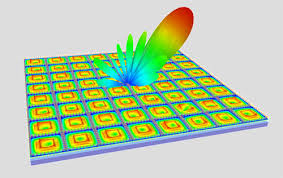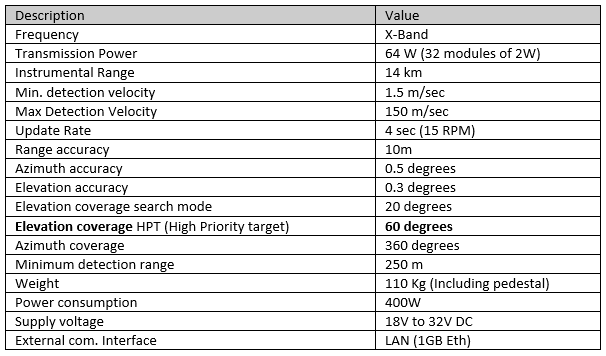Early warning proactive scalable drone detection and disruption system
Drones are easy to make, cheap to buy, simple to fly, and hard to detect.
The use of these drones with dishonest intent and for generating danger should not be underestimated. Drones are perceived as a potential destructive force and are a growing potential threat to national and commercial security. Drone detection is rapidly becoming an essential security issue.
BATS has a state-of-the-art Anti-drone Guard.
The misuse of drones in many different ways (terror attacks and criminal activities, etc.) certainly is a major concern to many government entities responsible for national security and public safety. Recognizing the threat, it is a requirement to establish a detection and neutralizing capability against this new and rapidly evolving risk.
To fight effectively, the optimum defence against these (weaponized) drones is broken down into:
- detection
- threat neutralization
- system management
- and mobility.
The Anti-drone Guard radar is an X-band, phased array, Pulse-Doppler radar aimed at detection, classification and tracking of airborne targets.
The radar is fully digital, employing digital beam forming (DBF) technique. The radar has an azimuth coverage of 360 degrees, which is achieved via mechanical scanning.

Picture is courtesy of IMST GmbH. EM simulation by empire.de
Characteristics
CHARACTERISTICS
The BATS AD26B radar is able to detect, classify and track aircrafts, helicopters, UAVs, vehicles.
The primary functions of the radar are:
- detect airborne targets
- maintain and update a track file for each target
- classify targets
- transmit the threat data such as range, azimuth, elevation, velocity, type and other information, track and status information to the Command & Control system.
Price quotation
PRICE QUOTATION
Please contact us and we will be pleased to discuss your specific requirements and provide you with a tailored offer.


